44 reading food labels for gluten
Gluten Free Nutrition Label Reading 101 (US) - Laulima Kitchen Reality #5: Wheat Free Doesn't Mean Gluten Free In 2004, the Food Allergen Labeling and Consumer Protection Act requires that all food labels must declare the top 8 food allergens on the label (milk, eggs, fish, shellfish, tree nuts, peanuts, wheat, and soybeans). Gluten: reading a label - AGA GI Patient Center When a product is not labeled "gluten free," you can determine if it is safe to eat by reading the ingredients label: Read the "Contains" allergen statement at the bottom of the label. If wheat is listed in the "contains" statement, the product is not gluten free.
Reading Labels for Gluten - YouTube A pediatric dietitian offers tips about how to read food labels and avoid products containing gluten. Fiegenbaum, RD, CDCES, L...

Reading food labels for gluten
Foods With Gluten - Tips for Reading Labels - Cupcakes & Kale Chips Foods with gluten might seem obvious because most of us know about bread, pasta, and baked goods that contain wheat, barley, or rye. But gluten-containing ingredients might have some sneaky names or your food could contain hidden sources of gluten.Use this list of tips for what to look for the next time you are grocery shopping or reading labels on products in your pantry. Reading Food Labels | BeyondCeliac.org Reading Food Labels While label reading can seem overwhelming at first, you'll become confident over time. Download the Beyond Celiac Step by Step Guide to Reading Gluten-Free Labels to help you navigate the supermarket shelves. Thanks to Cabot Creamery, Crunchmaster and Glutino for making this resource possible! 3 Tips for Gluten-Free Label Reading Verifying there is no more than 10ppm gluten content in tested foods Note that the U.S. Food and Drug Administration (FDA) sets their gluten-content threshold at less than 20 ppm of gluten, making the GFCO's standard twice as strict. Tip 2: Look for the words "gluten-free"
Reading food labels for gluten. Reading Food Labels: What "May Contain vs. Contains Means" One of the most important tips for going gluten-free is reading food labels to determine if the ingredients contain any alternative sources of wheat. You may also notice, some food labels will use the terms "may contain" and "contains" and today we are going to delve into what these terms mean for you, my fellow gluten-free foodees. FAST FACT: How to Read Food Labels Without Being Tricked - Healthline The product may contain very little whole grains. Check the ingredients list — if whole grains aren't in the first three ingredients, the amount is negligible. Fortified or enriched. This ... Label Reading & the FDA | Celiac Disease Foundation The Celiac Disease Foundation Medical Advisory Board supports the <20 ppm of gluten standard for gluten-free labeling. According to Dr. Peter Green, Director of the Celiac Disease Center at Columbia University, "The 20 ppm is a scientifically determined level of gluten that has been shown to be tolerated by those with celiac disease. How to Read Food Labels When Eating Gluten Free - Beauty in the Crumbs To sum it up. Gluten is a protein found in barley, wheat, and rye (triticale is a cross between wheat and rye) Keep a list of the various names handy to reference. Read labels. Look for ingredients that contain gluten. Avoid foods that list ingredients like oats, which most likely have traces of gluten.
How to Read a Food Label - Gluten-Free Living When you follow a gluten-free diet, the most important part of a food label is the ingredients list usually found on the back or side of the package. In the ingredients list, food processors must accurately list the ingredients found in a food. So this is the part you will want to read first. But don't look for the word "gluten." Gluten and Food Labeling | FDA The rule specifies, among other criteria, that any foods that carry the label "gluten-free," "no gluten," "free of gluten," or "without gluten" must contain less than 20 parts per million (ppm) of... Simple Label Reading | BIDMC of Boston Always read food labels. Look for the words "gluten-free." You may eat foods labeled gluten-free. If a food is not labeled gluten-free, read the ingredients list and Contains statement. If you see the words "wheat," "barley," "rye," "oats," "malt," "brewer's yeast," or "yeast extract" do not eat the food. PDF Gluten Free Diet and Food Label Reading Guide Total Carbohydrate Dietary Fiber 25g 375g 30g ATER, HIGH OIL, WHEAT MADE FRO WHOLE WHEAT FLOU FRUCTOSE CO GLUTEN, UNSULPHURå MOL'ASSES, CONTAINS 2 PERCENT OR LESS OF: OAT FIBER SALT, SODIUM STEAROYL LACTYLATE (DOUGH CONÖITIONER), CITRIC ACID, CALCIUM PROPIONATE AND ACID TO RETARD SPOILAGE, MONO AND DIGLYCERIDES, BUTTER (MILK WHEY', soy LECITHIN.
How to Read Food Labels to Safely Eat Gluten-Free - GFF Magazine Look for Wheat on the Label Believe it or not, according to the FDA, labeling gluten in food is voluntary, not required. However, the FDA considers wheat (not barley, rye, or malt, which also contain gluten) a major allergen, so wheat must be clearly stated on all food labels. Label Reading for Gluten | Children's Hospital of Philadelphia Gluten is a protein found in wheat, barley and rye. Today, in this video, we are going to discuss our five step process for label reading to determine if a product is gluten free. Step 1: determine if the product is naturally gluten-free. Naturally gluten-free foods include fresh meat, chicken, fish, eggs, fruit, vegetables and dairy. Going Gluten-Free: How to Read Nutrition Labels Correctly - Cathe Friedrich The easiest way to avoid gluten is to eat more whole foods and choose products that are labeled gluten-free. To earn such a label, a food must contain 20 parts per million or less of gluten and have no unacceptable grains like wheat, barley or rye. Read the label to ensure the product was made in a wheat-free facility to avoid the risk of cross ... Learning to Read Nutrition Labels for Gluten - Laulima Kitchen Processed Foods are Likely to Contain Gluten Obvious products include breads, cakes, cereals, cookies, pastas, and pastries. However, wheat flour often is used as a thickening agent in many other less obvious foods such as canned soups, condiments, lunch meat, sausages, soy sauce, and spice mixtures. Learn more about hidden sources of gluten. 5.
How to Read Food Labels: Your Complete Consumer Guide Gluten-free: Gluten-free means the product does not contain wheat, rye, barley, Kamut, spelt, triticale, or farro. For people with celiac or gluten sensitivity, this is important. ... In the United States, if a food has less than 0.5 grams of artificial trans fats in a serving, the food label can read 0 grams trans fats. Since 2018, all foods ...
PDF Tips for Gluten-Free Label Reading 1 *A product that is labeled gluten-free may include the term "wheat" in the ingredient list (e.g. wheat starch) or in a separate "Contains wheat" statement, but the label must also include the following statement: "The wheat has been processed to allow this food to meet the Food and Drug Administration (FDA) requirements for gluten-free foods."
How to Read Food Labels for a Gluten-Free Diet Others are names for gluten-containing grains (or derived from those grains). Skip any items with the following ingredients on their food labels: Wheat (bran, starch, germ, or berries) Hydrolyzed wheat protein Wheat starch/modified wheat starch Rye (kernels, berries) Barley (malt, extract) Bulgur Orzo Kamut Semolina
Reading Food Labels - Gluten & Dairy Free Lifestyle Ex. making a gluten free sandwich on the same surface as a gluten sandwich. *Laws on labeling. Now that I've gone over some of the terms, let's go over some labeling laws-The Food and Drug Administration (FDA) has to legally state the Top 8 allergens on their labels if an allergen was used as one of their ingredients.
Is It Gluten Free? Reading Food Labels - Three Bakers Reading food labels is an important part of keeping yourself safe and healthy after being prescribed a gluten-free diet. Unfortunately, the gluten-free standards are far from perfect. Certified Gluten-Free Labeling Foods that are gluten-free are not automatically issued a 'gluten-free' label.
How to Identify Gluten on Food Labels - Verywell Health The gluten-free food labeling requirements only apply to packaged foods. The rule doesn't apply to meat, poultry, unshelled eggs, or distilled spirits and wines made with 7% alcohol by volume or more. There is no standard symbol for gluten-free foods. Manufacturers can simply print "gluten-free" on their label as long as it is truthful.
Food Labels: Read It Before You Eat It! - American Academy of Allergy ... For people with celiac disease or gluten sensitivity, labeling can be inconsistent. Although wheat is mandated to be labelled through FALCPA as it is one of the big eight allergenic sources, other sources of gluten (barley and rye) are not. Therefore, it may be best to look for 'gluten free products' if the consumer has celiac disease.
PDF Step-by-Step Guide to Reading Gluten-Free Labels 1 2 3 - Beyond Celiac Look for wheat, rye, barley, oats and their derivatives, like (barley) malt, for example. Understand which products are at the highest risk for cross-contact with gluten. Flours and grains, for example, have high levels of contact with gluten, so consumers should purchase flours and grains specifically labeled gluten-free.
How to Read Food Labels: Your Complete Consumer Guide Food labels may also help you avoid common allergens and expired food. The problem is, a food label is only as useful as the reader's ability to decipher the information it contains. To fully understand the Nutrition Facts portion of a label, for example, requires some basic knowledge of your nutritional needs.
Reading food labels - Food Allergy Education Allergen information on food labels. In Australia the Food Standards Code requires the following common food allergens to be declared on packaged food labels (including imported products): cereals containing gluten and their products, namely, wheat, rye, barley, oats, spelt and their hybridised strains (e.g. triticale) The Food Standards Code ...
3 Tips for Gluten-Free Label Reading Verifying there is no more than 10ppm gluten content in tested foods Note that the U.S. Food and Drug Administration (FDA) sets their gluten-content threshold at less than 20 ppm of gluten, making the GFCO's standard twice as strict. Tip 2: Look for the words "gluten-free"
Reading Food Labels | BeyondCeliac.org Reading Food Labels While label reading can seem overwhelming at first, you'll become confident over time. Download the Beyond Celiac Step by Step Guide to Reading Gluten-Free Labels to help you navigate the supermarket shelves. Thanks to Cabot Creamery, Crunchmaster and Glutino for making this resource possible!
Foods With Gluten - Tips for Reading Labels - Cupcakes & Kale Chips Foods with gluten might seem obvious because most of us know about bread, pasta, and baked goods that contain wheat, barley, or rye. But gluten-containing ingredients might have some sneaky names or your food could contain hidden sources of gluten.Use this list of tips for what to look for the next time you are grocery shopping or reading labels on products in your pantry.
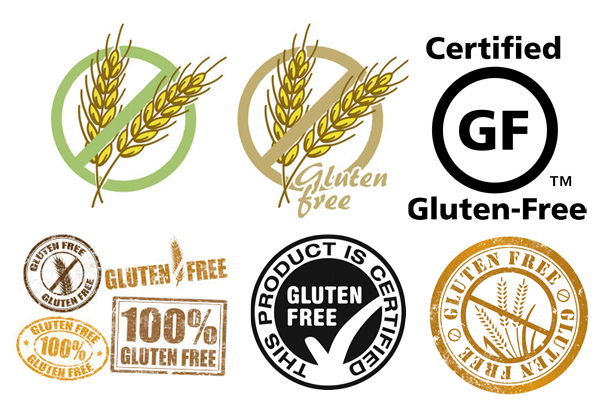

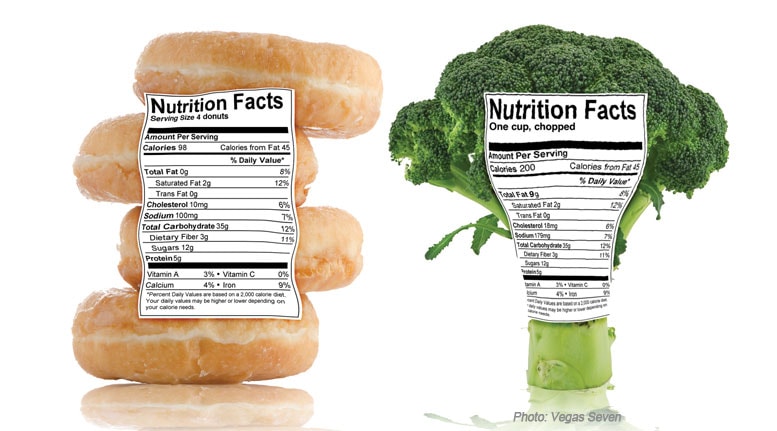
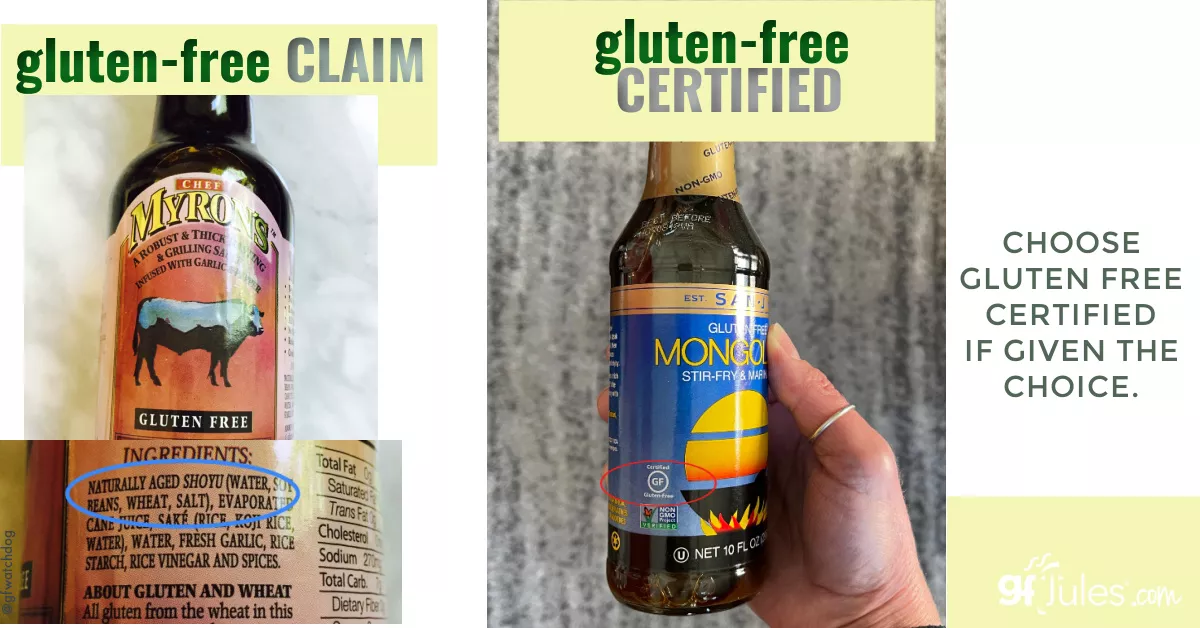
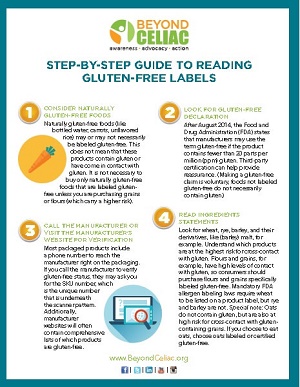
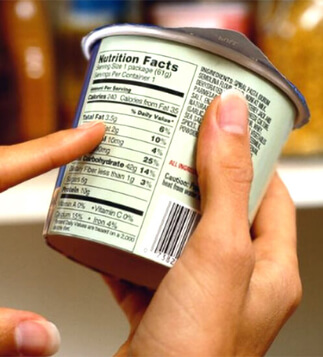


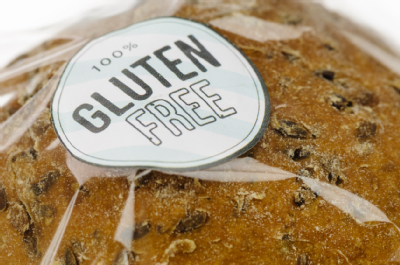


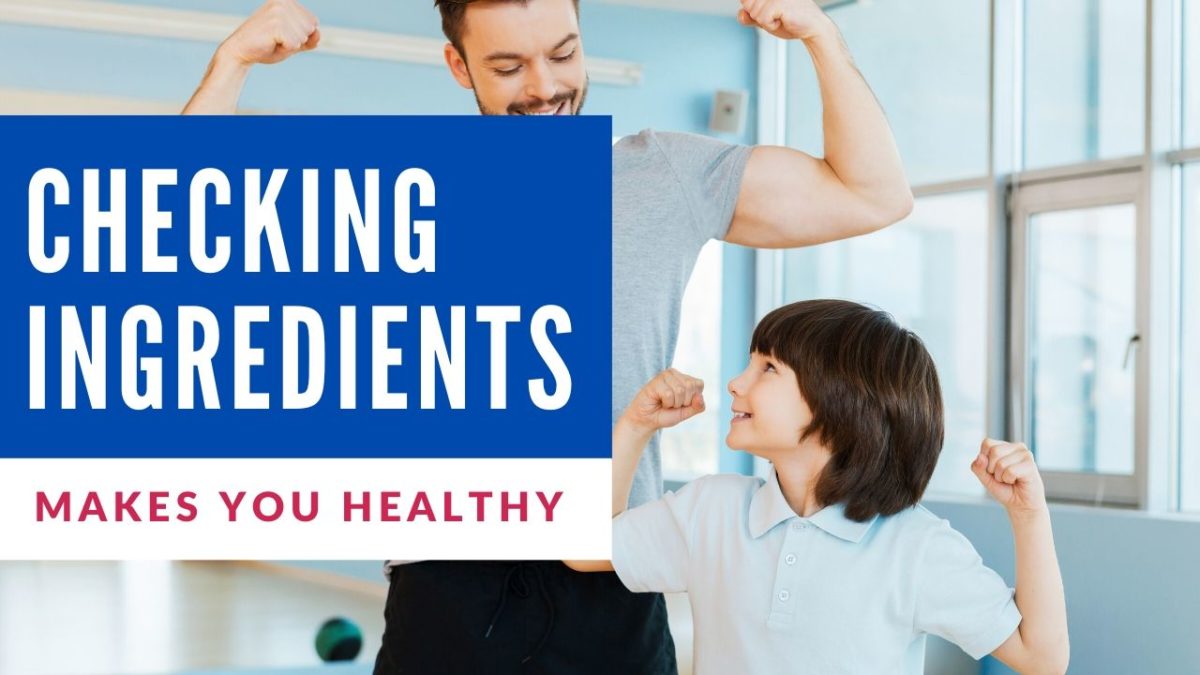


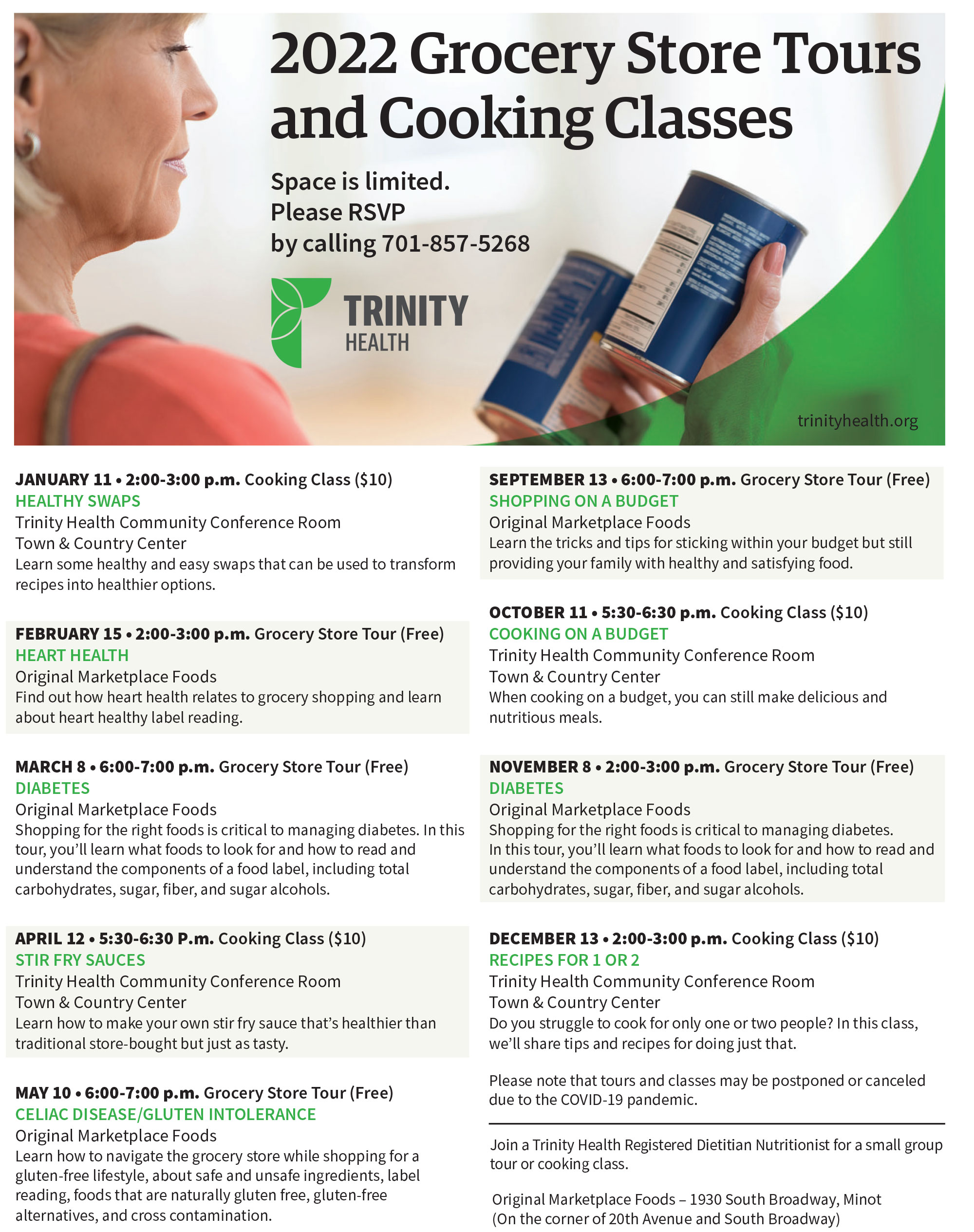
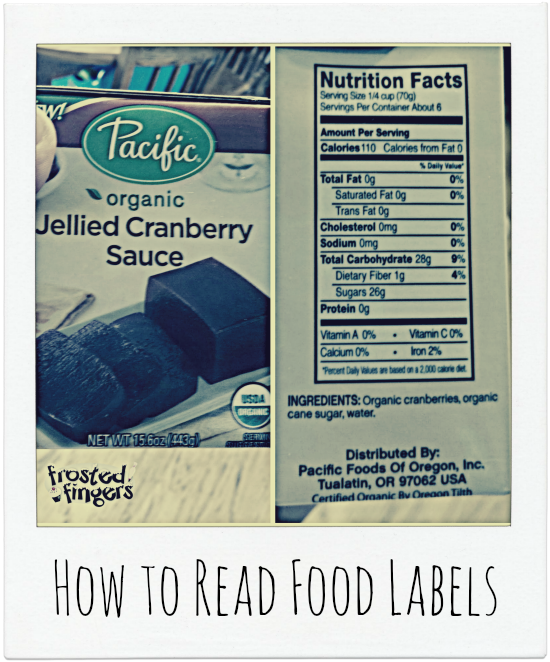








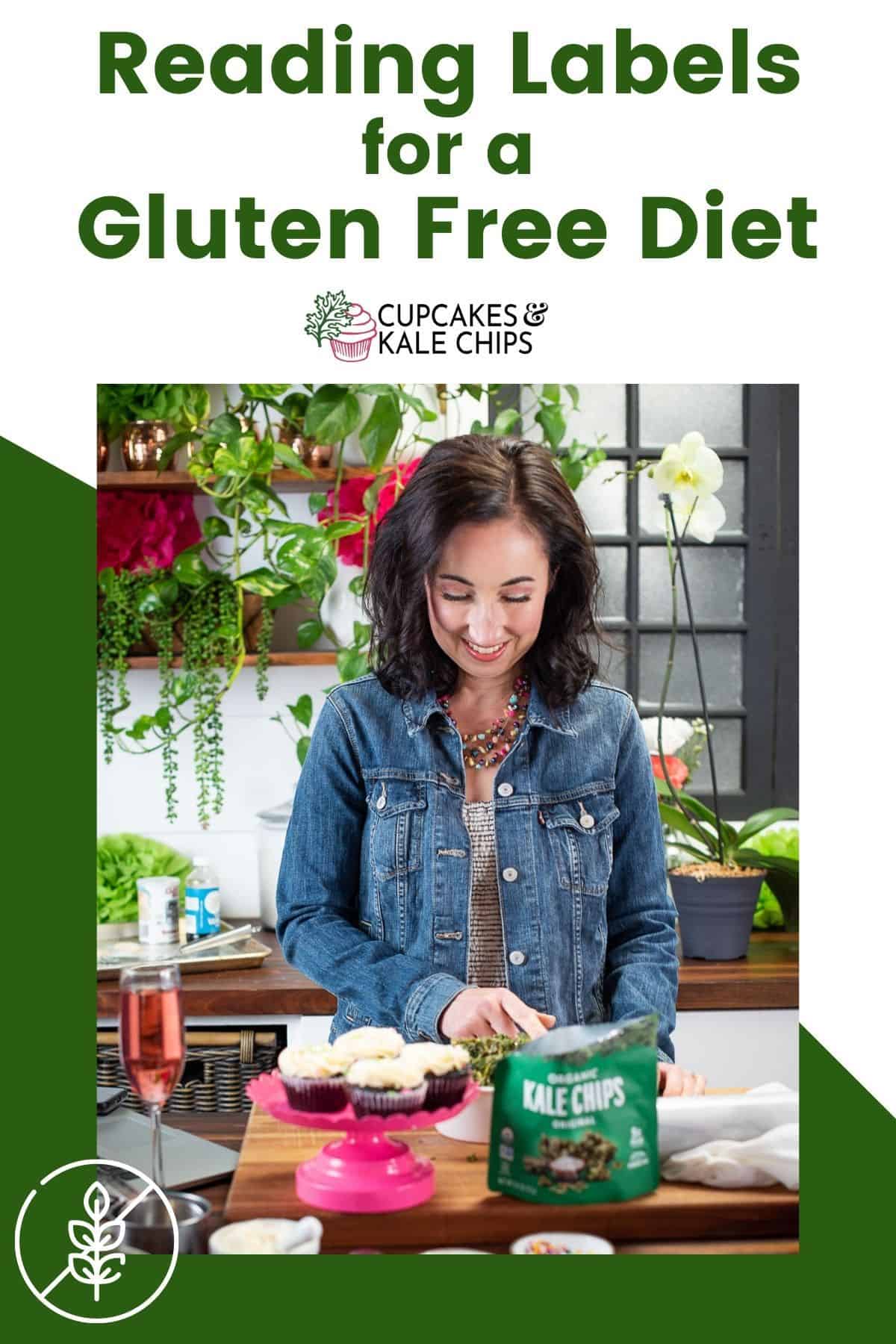
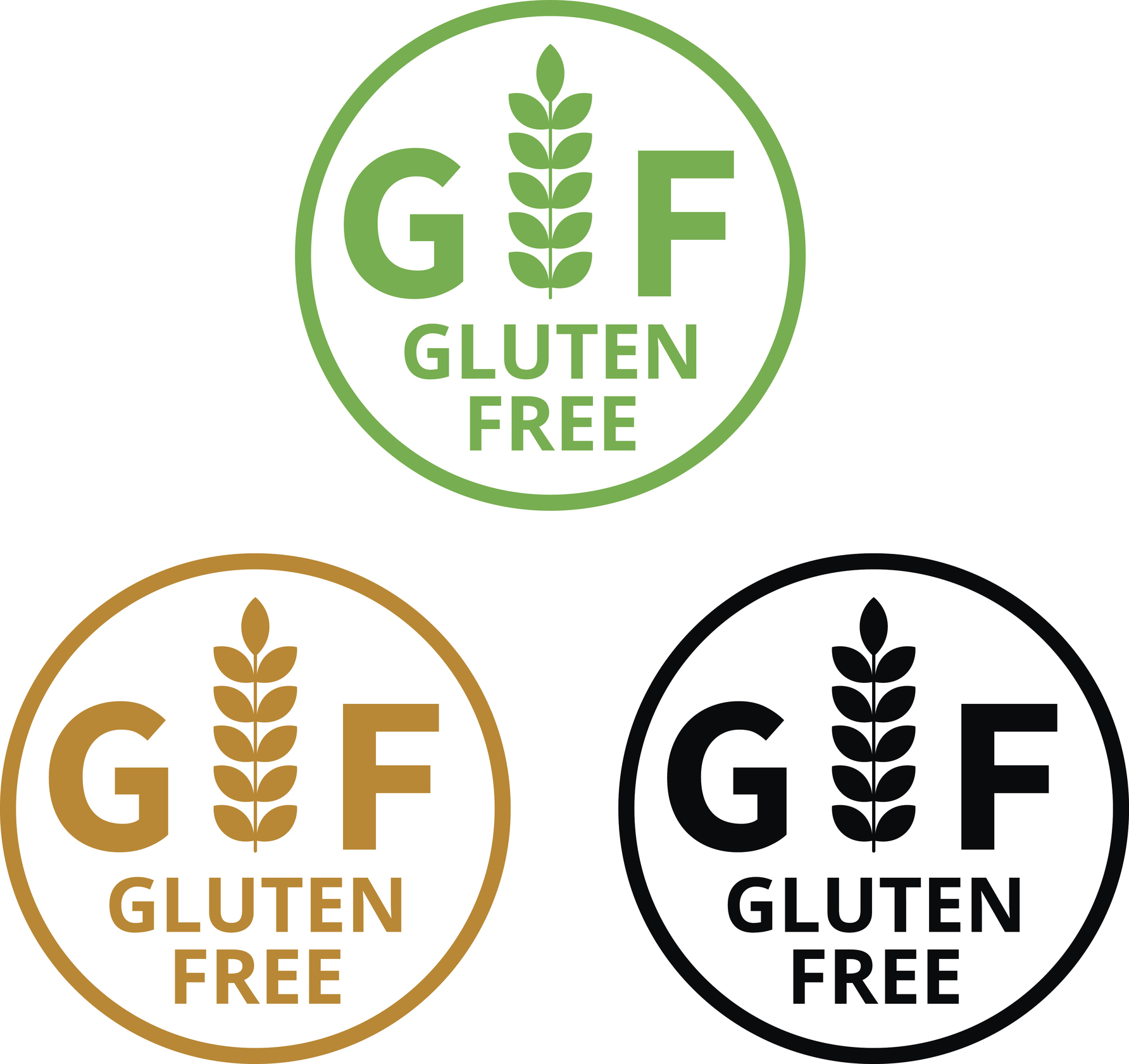

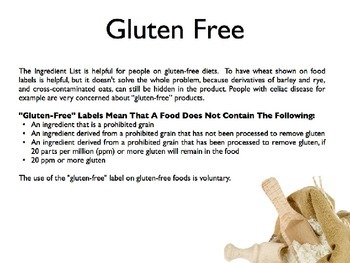

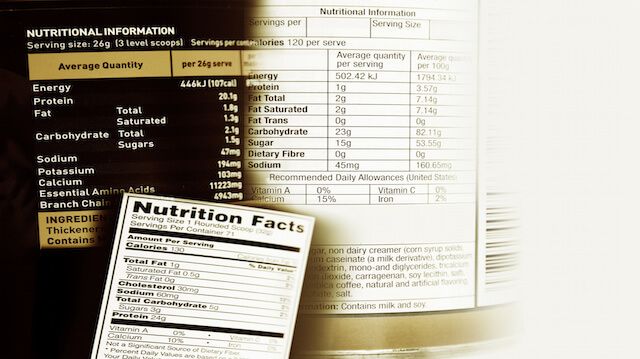



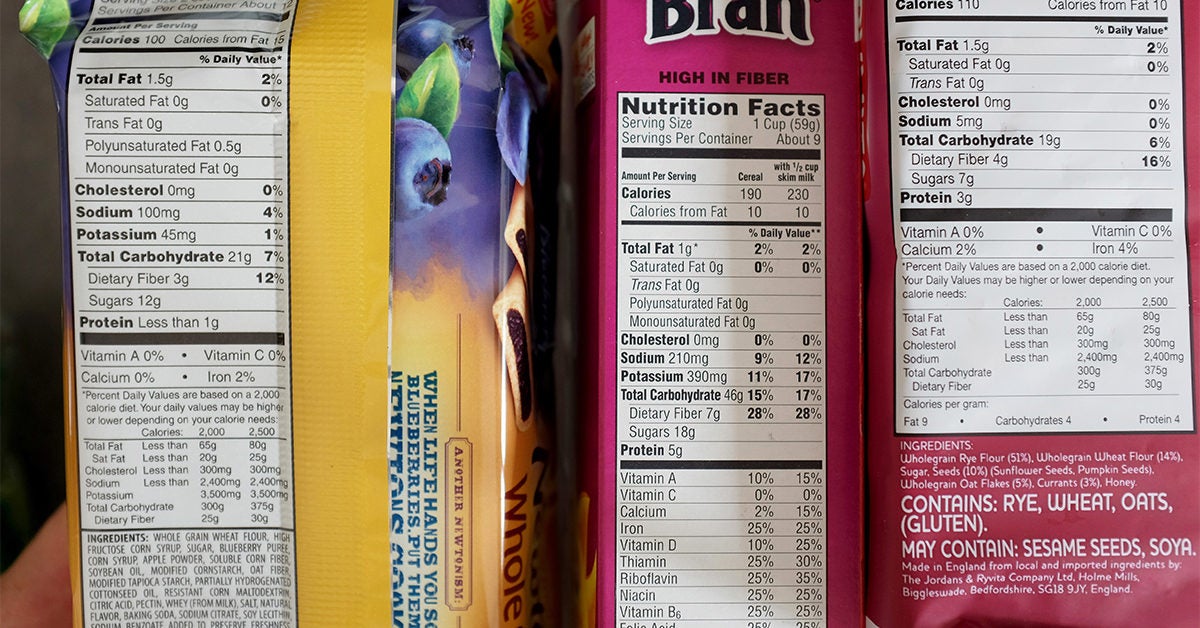

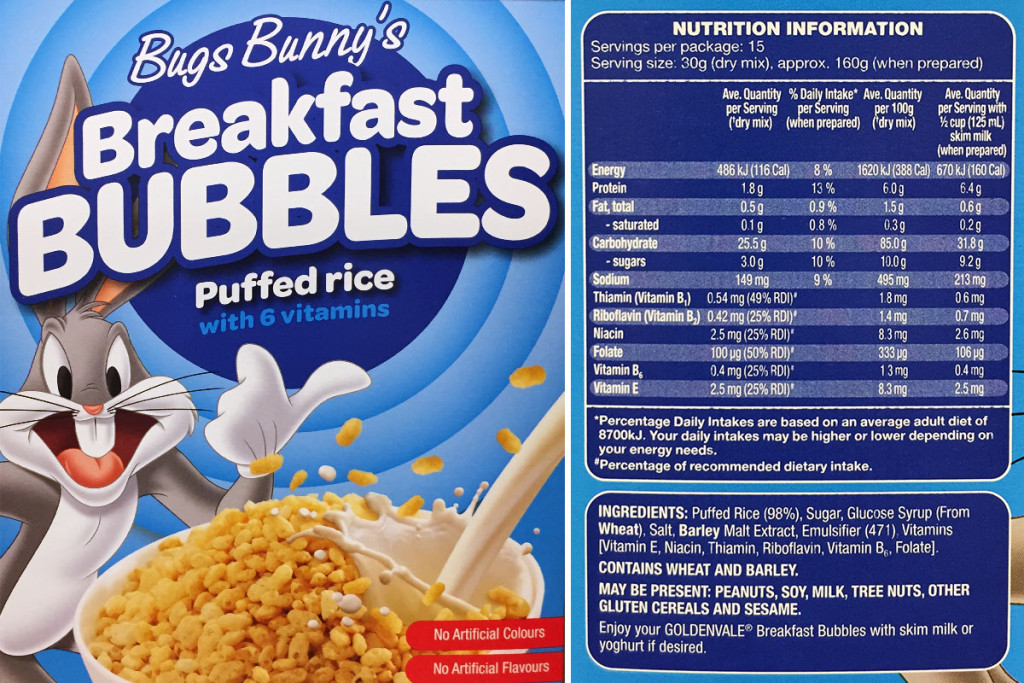



Post a Comment for "44 reading food labels for gluten"